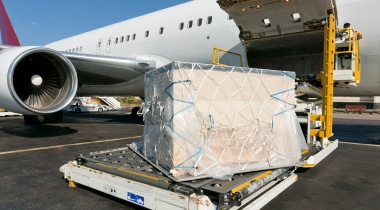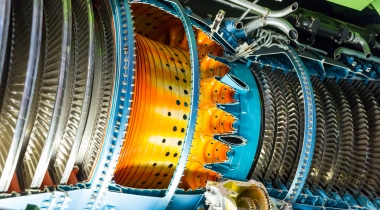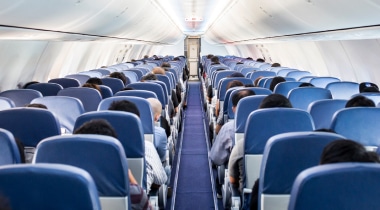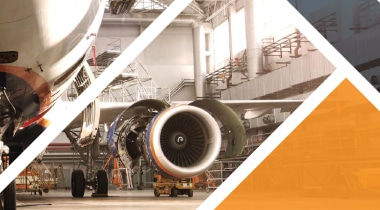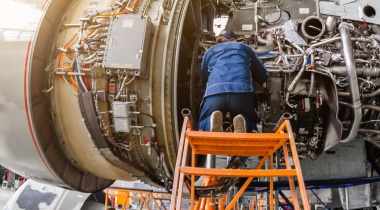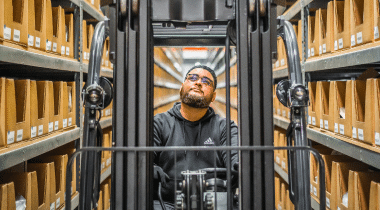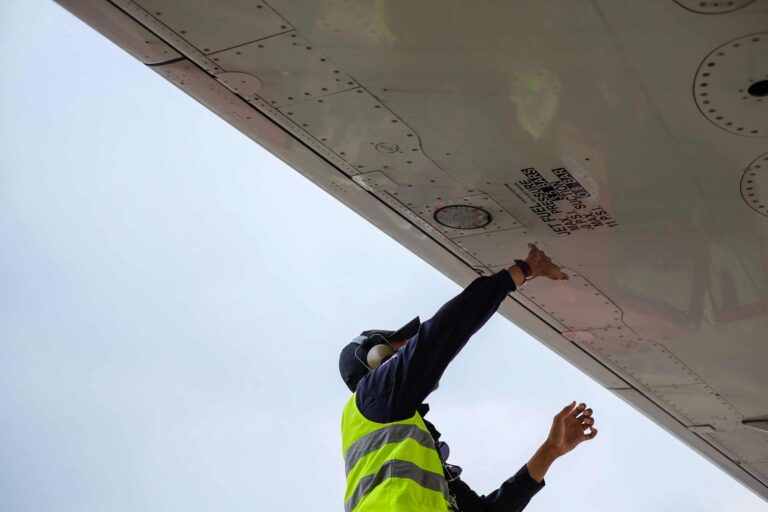Late last year, Emirates announced an aggressive fleet retirement schedule aimed at decommissioning 26 planes, comprised primarily of Airbus A330-300 and A340-300 models and six Boeing 777-200 ERs. Similarly, American Airlines announced plans to retire all of its Airbus A330-300 aircrafts by 2018. With whole fleets entering retirement, two questions can be asked: What factors play a part in the retirement of an aircraft? And, once an aircraft has been decommissioned, what is the process of aircraft recycling?
Fleet Retirement
A common assumption about fleet retirement is that aircrafts are decommissioned once they have become structurally unsound. However, according to Air Insight, the integrity of a plane often has little to do with it. Instead, the majority of aircrafts hit retirement once they have become “economically obsolete.” Because of this, many aircrafts designed to last nearly forty years may leave the skies much sooner.
Economic Obsolescence
Fleet retirement decisions are often influenced in large part by outside factors, having little to do with the viability of an aircraft. Some of the major considerations include:
Fuel Costs
As discussed in Avolon’s Aircraft Retirement and Storage Trends, jet fuel costs influence the lifespan of a fleet. High costs have historically led to early retirements of functioning planes, while lower costs have allowed airlines to retain their fleets for lengthier periods. Early 2000 fuel spikes (and the resulting clamor from airlines for more economical engines) led to the early decommissioning of many larger-engine planes, like the Airbus A340. Conversely, with fuel drops in recent years, aircraft leasing companies have reported continued requests for four-engine, long-haul planes, like the Boeing 747, which, because of high fuel process, was previously thought to be nearing retirement.
Economies
Economic fluctuations also play a major role in the lifespan of an aircraft. With the economic recession of 2008–2010, airlines saw record losses. The reasons are clear: Unemployment trends mirror flight purchases. When revenue streams are negatively hit due to faltering economies, fleet upgrades are typically out of the question, resulting in older planes kept in rotation for longer periods.
World Events
Following the September 11 attacks, airline travel nearly ceased. Both U.S. Airways and United Airlines would later file bankruptcy as a result. While many airlines have since made a comeback, world events continue to influence air travel and, consequently, aircraft retirements. And with the increase in terrorist attacks in Western countries and uncertainties like those related to the Brexit, Aviation Weekly argues that airlines could once again have reason to extend the life of their aircrafts.
Aircraft Recycling
Once an aircraft has been retired, it enters a second stage of life. Depending on the size, the airplane may be sold or leased as a private plane, it may be used for military training or it may even be featured on a Hollywood film set. However, the vast majority of retired planes are recycled.
Aircraft recycling begins with the extraction of reusable, valuable components. Materials considered for recycling include glass and carbon fiber composites, aluminum, wires, textiles, landing gear, electronic devices, titanium and steel alloys and engines. These materials are reused in a variety of ways, including installment in new aircrafts (this is particularly true of engine components but may include items such as galley carts, trays and overhead bins) and in everyday household items (including circuit boards, computers and televisions). Once the aircraft is stripped, the frame is destroyed and sorted by material for metal recycling.
In recent years, airline manufacturers have shifted their focus toward environmentally sound end-of-life solutions aimed at keeping dismantled aircrafts out of landfills. Airplanes, such as Boeing’s ecoDemonstrator 757, have been created with the goal of maximizing aircraft recycling capabilities once retirement occurs. Continued steps such as these will help lessen the blow of early fleet retirements, while positively benefiting aircraft recycling processes.
Read More from the Kapco Global Blog
Efficiency in Aviation—What the Aerospace Industry Is Doing Right Now to Help Curb Global Warming
Lean Manufacturing in the Aviation Industry
Kapco Global Joins Forces with Netherlands-Based Avio Diepen

